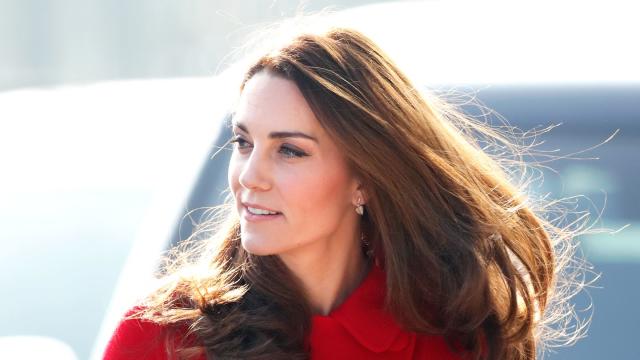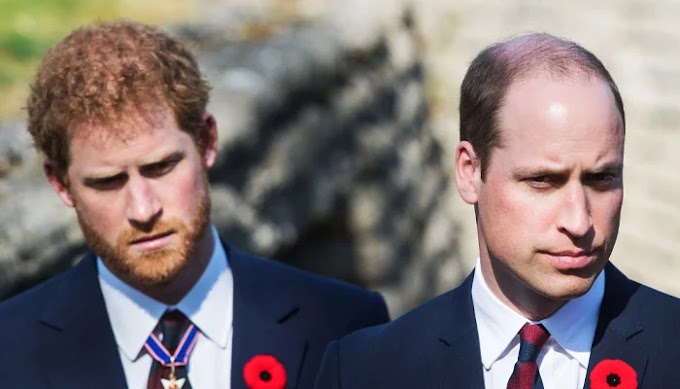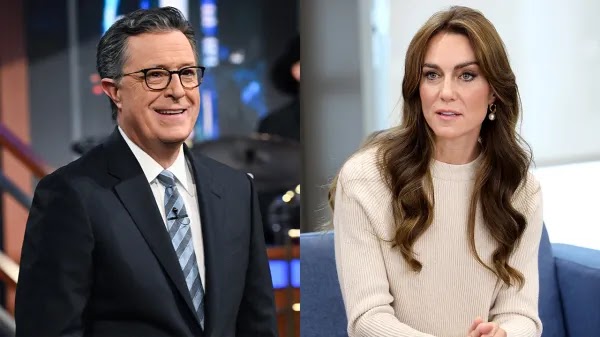'Harry Potter and the Philosopher's Stone' special effects challenges revealed
Harry Potter and the Philosopher's Stone has carved up a home in the hearts of millions of kids. But little was known about the efforts that went in to create the magic on the big screens.
Speaking to Evening Standard, the special effects supervisor John Richardson revealed the hardships he faced in creating the illusion of the Great Hall of Hogwarts candles that tend to float there.
"All my life I've tried to do things in-camera as much as
possible because I think it adds a reality to the film," the Superman
special effects supervisor added.
"We ended up hanging 400
floating candles with real flames burning. They were all hanging on rigs so
that they floated up and down, he continued.
"We had to make the
wires as thin as possible so they wouldn't photographed so we used a very
fine tungsten wire and put them all in the hall."
The 73-year-old said, "We hung them only over the tables, not
where the children would sit, just in case anything fell or dropped or
whatever. We put them all in, and it looked terrific.
But due to
a technical issue, the Oscar winner revealed the real candles were switched
with CGI.
"What we hadn't allowed for is that Leavesden [where it
was filmed] wasn't really a proper film studio like it is now; it was a
series of old aircraft hangers where they built aircraft in the Second World
War. So they were a little well-worn and draftee!
"There was a particular draft coming from one side of the set
coming in through the walls of the stage, and it was blowing the flames of
the candles onto the tungsten wires, and it caused two of the wires to
break," the technical expert continued.
"I don't think the
candles actually fell because they were still hanging on one wire, but of
course, it did concern everybody that there was a possibility that a candle
could fall and hit one of the kids because, at that time, they were all 10
years old."
"I think we shot for a few days with the real candles
so they were actually in the first movie and then it was decided that we
would take them out and put them in from CGI from there one," he added.
The
supervisor also boasted a variety of projects in his credits, including
James Bond movies and Willow.
In 1987, the supervisor bagged the
Academy Award for best visual effects on Aliens.











